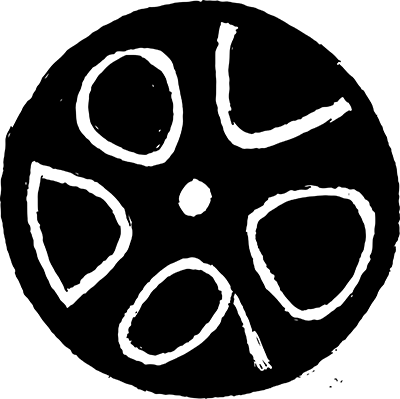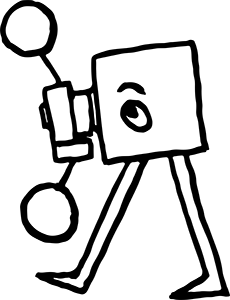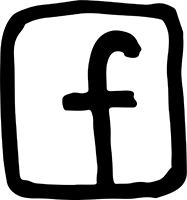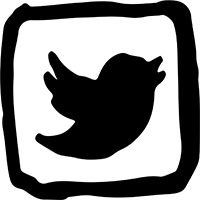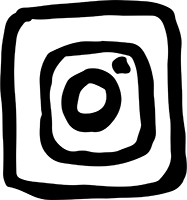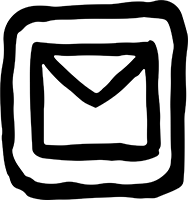Encounters in the Cinema
Programmed by: Hannah Yang
The cinema has long been the wondrous space which facilitates encounters between films and spectators. It is in the darkness of the movie theater that a film becomes tangible, making contact with our retinas and coming to life in our eyes. Just as the light of the projector cuts across the darkness and throws itself on the screen, film physically reaches out towards us, involving us in its shape and presence. And perhaps we also reach out towards it. Cinema, then, can be conceived of as that which occurs between ourselves and the film, and also what emerges between films, the resonances and compounded effects that they can come to have on each other (and ourselves) over the course of our cinemagoing. This series draws attention to such encounters and the way in which both film and spectator shape each other, and cinema as a whole, in the dark space of the movie theater.
Thanks to all the filmmakers who have generously allowed their films to grace the Doc Films cinema, those who make the exhibition of these films possible, and the audiences who make up Doc Films. Prints from Light Cone, Canyon Cinema, and the Film-makers’ Cooperative.
Couleurs mécaniques / foryannfromrose - hair removed / Retour d’un repère / Roulement, Rouerie, Aubage / Shapeless Variations / A Sense of Nothing (1979 / 2014 / 1979 / 1978 / 2025 / 2024 )
.png)
Rose Lowder / Francisco Rojas · 16m / 1m / 19m / 14m / 11m / 4m · 16mm / 16mm / 16mm / 16mm / DCP / DCP
Rose Lowder’s meticulous frame-by-frame Bolex filmmaking and in-camera editing produces work that both mystifies and defies perception. Although distinct in style and subject matter, Francisco Rojas’s digital films similarly expand our experience of the ways in which a landscape or an image can be made to move (and how we come to be moved with it).
Sunday, March 30 7pm
Sakura, Sakura / En traversée / Éveil / New York Film Diary (2020 / 2025 / 1995)
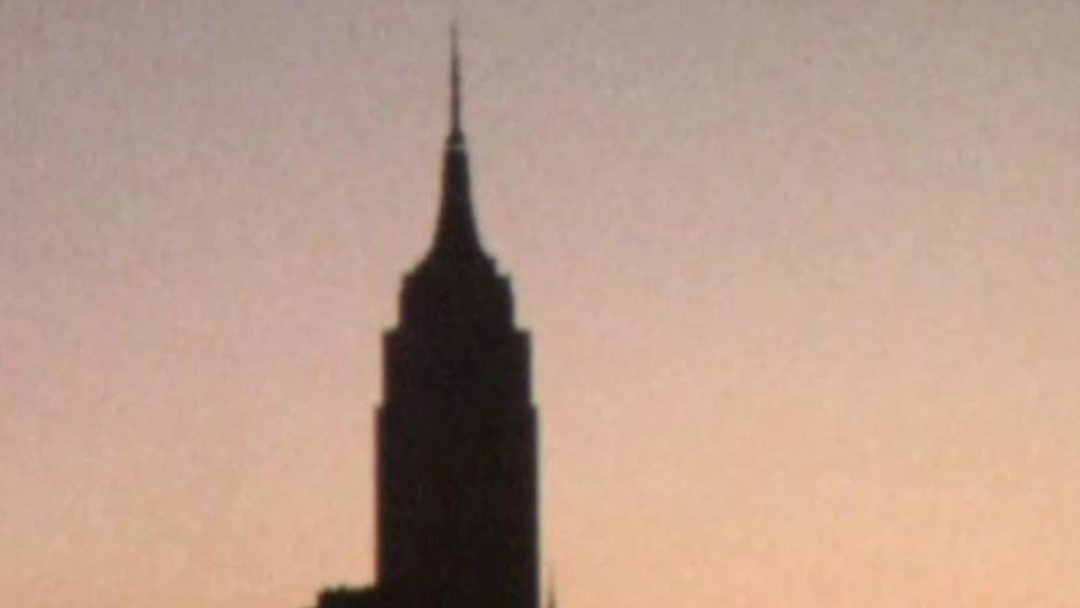
Ute Aurand / Vadim Kostrov / Milena Gierke · 3m / 16m / 11m / 96m · 16mm, DCP, Digital
Filmmakers far from home. Ute Aurand edits together 16mm footage from her Japanese shoots, Vadim Kostrov films fleeting moments of his life in Paris on MiniDV, and Milena Gierke captures the "direct visual impressions" of the thirteen months she spent in New York City with Super 8mm.
Sunday, April 6 7:15pm
Table / Glider / Carroll Gardens (1976 / 2001 / 2024)
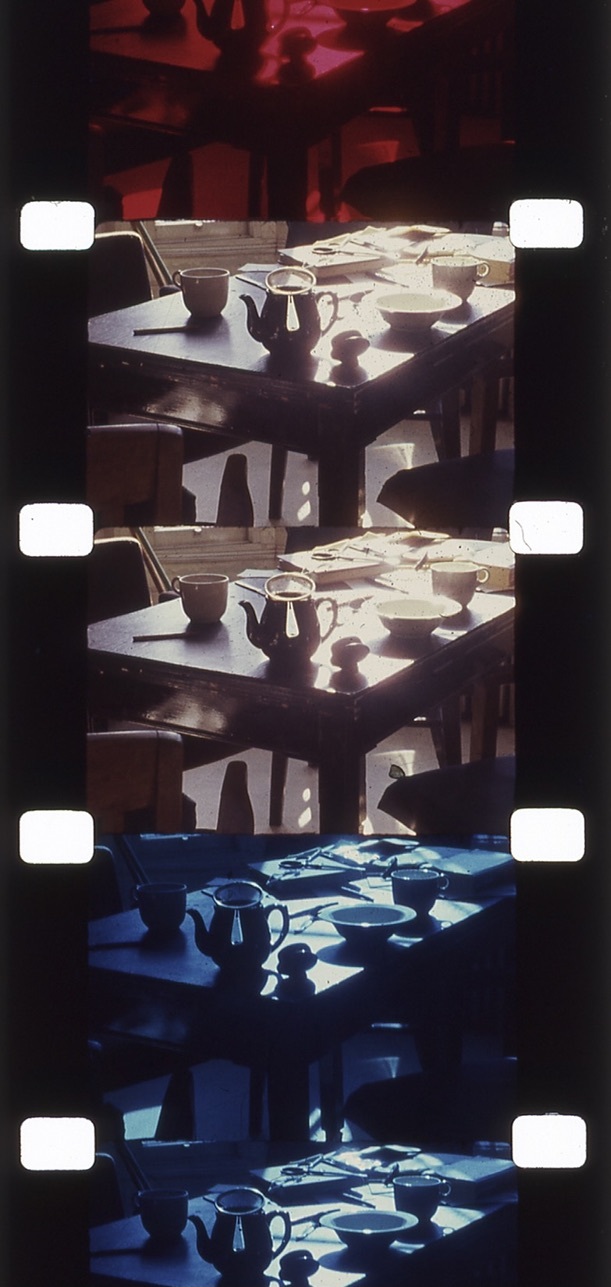
Ernie Gehr · 12m / 20m / 22m · 16mm / DCP
Three looks into Ernie Gehr’s significant career of filmmaking: one from his early structural works, another from his digital output in the 2000s, and his latest film.
Saturday, April 12 2pm
Hall of Mirrors / The Cup and the Lip / Friendly Witness (1966 / 1986 / 1989)
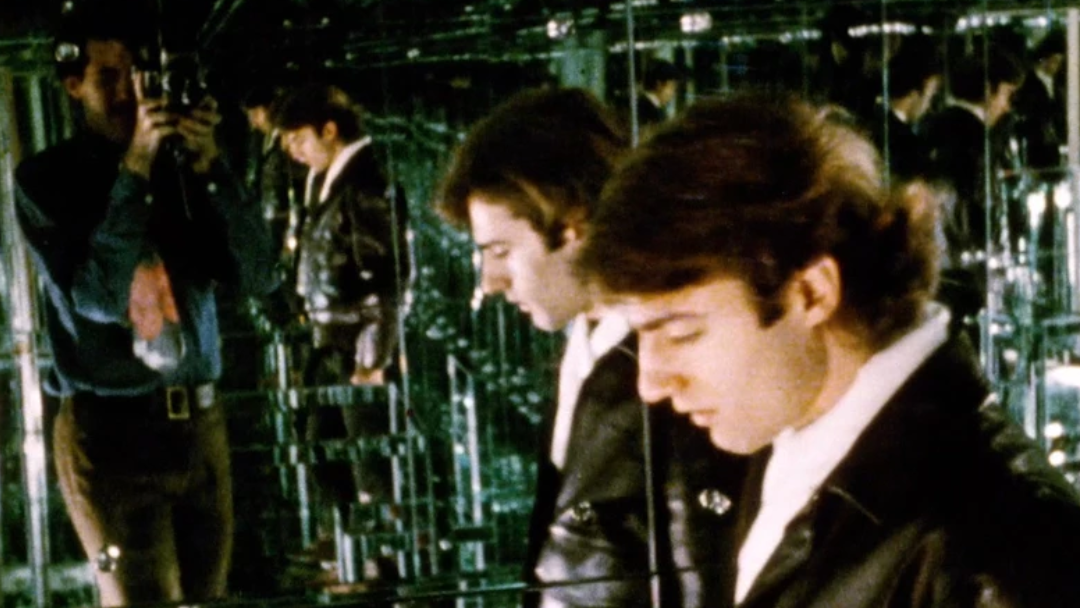
Warren Sonbert · 7m / 20m / 22m · 16mm
Mentored under Gregory Markopolous and coming up in the same scene as Dorsky and Hiler, Warren Sonbert’s filmmaking charisma was evident from the very start with Hall of Mirrors, made during his time at NYU. He then spent a large part of his career making silent polyvalent montage works that sought to challenge the images he was putting together, and returned twenty years later to sound with Friendly Witness.
Introduced by Fred Camper.
Sunday, April 13 7pm
Nipkow TV / Stained Glass / Parcelle / Film sans caméra ST ST / Apparent Motion (1998 / 2014 / 1979 / 1975 / 1975)
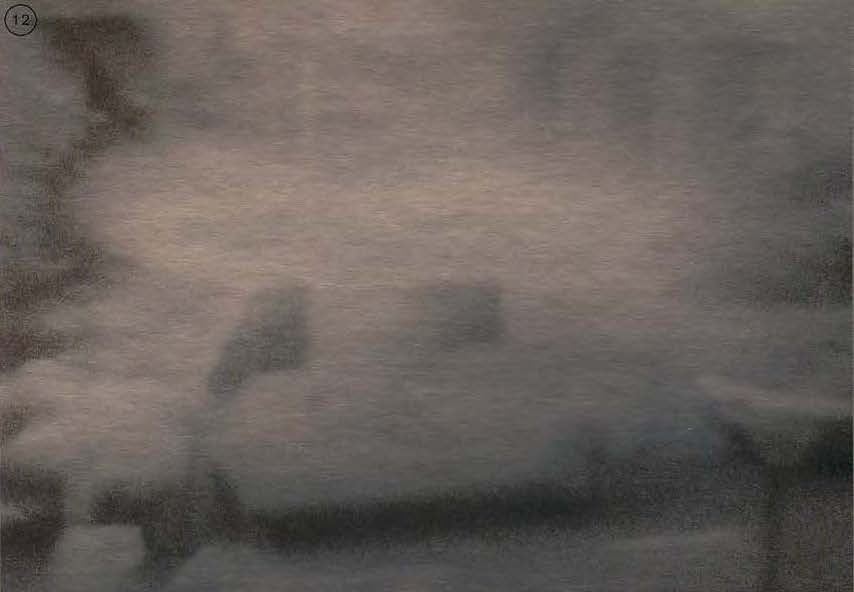
Christian Hossner / Peter Miller / Rose Lowder / Giovanni Martedi / Paul Sharits · 7m / 10m / 3m / 5m / 28m · 16mm / 35mm / 16mm / 16mm / 16mm
A cinema of agressions, a cinema of altered perceptions. Films made with extra parts (the Nipkow disc), no parts (sans camera), fragment-by-fragment (Parcelle), optically printed (Apparent Motion), projected without a lens (Stained Glass), and more. These works deal with the nature of the filmic image and complicate our relation to it.
Sunday, April 20 7pm
Ember Days / Calyx / Spring / February / Temple Sleep / Bagatelle I (2021 / 2018 / 2013 / 2014 / 2020 / 2018)
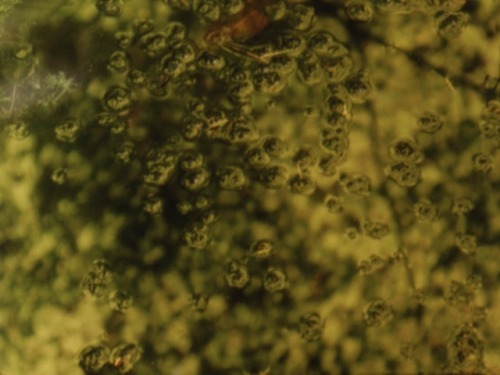
Nathaniel Dorsky / Jerome Hiler · 10m / 13m / 23m / 17m / 19m / 13m · 16mm
Another occasion to commune with Nathaniel Dorsky and Jerome Hiler’s films. This collection of Dorsky’s work touches on spring, goodbyes, and the unknown. Bagatelle I is a small but significant gem in Hiler’s filmmaking, where both film and camera weave and dance through the images and the world.
Sunday, April 27 7pm
Horizons, Epiphany I (1973, 2023)
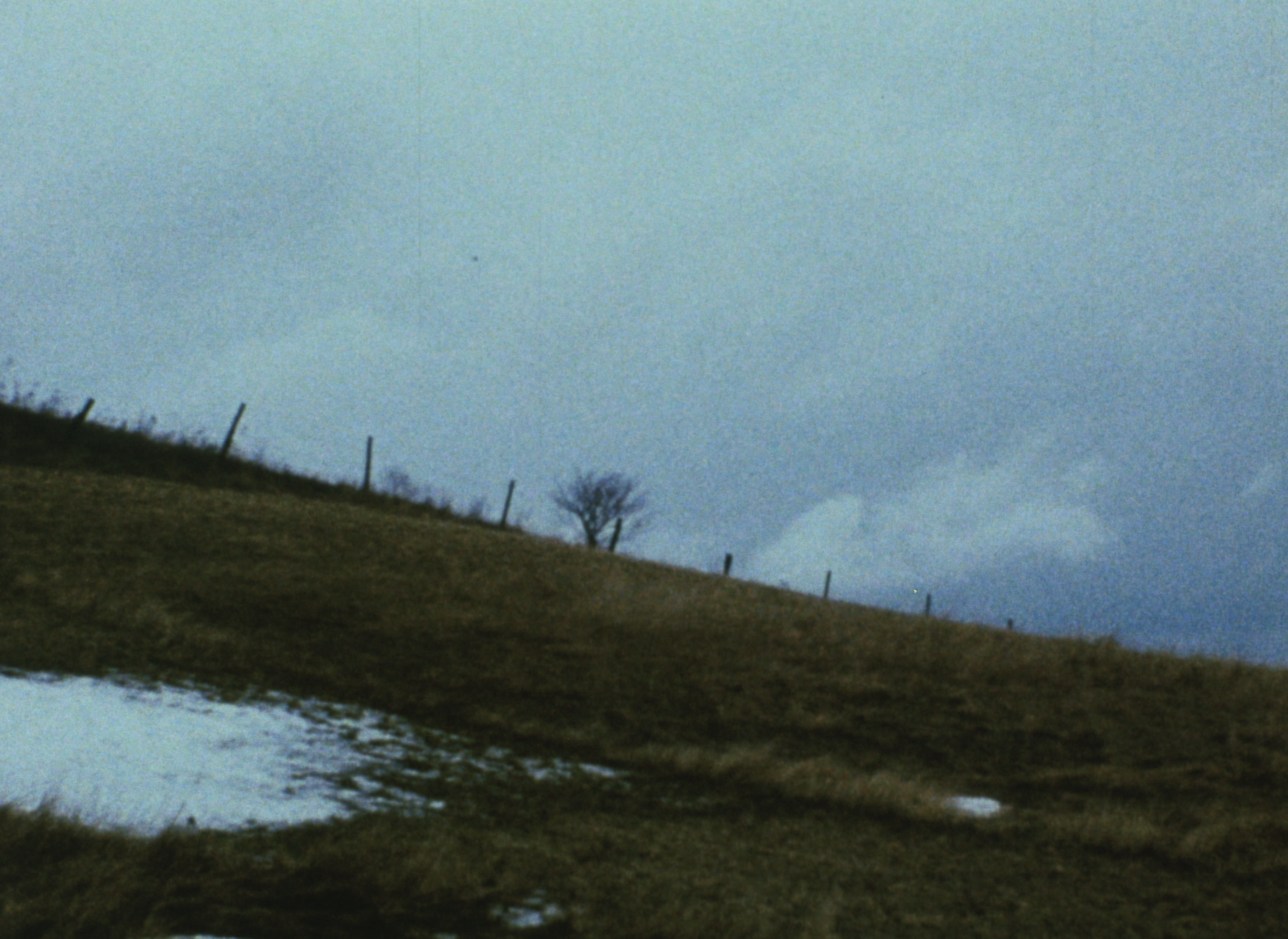
Larry Gottheim, Forrest Sprague · 77m / 17m · 16mm / DCP
Larry Gottheim and Forrest Sprague’s works can be seen as a conversation between the pastoral (Gottheim) and the industrial (Sprague). Gottheim’s Horizons is sweeping in its sustained structural portrayal of landscapes and the countryside, out of which lyrical form and gesture is born; Sprague’s film, composed of only a few still shots of a construction site, registers the smallest changes as quietly significant.
Sunday, May 4 7pm
Les Antiquités de Rome (1989 / 1984)
.png)
Jean-Claude Rousseau · 105m / 11m · 16mm
The Antiquities of Rome shows little of Rome’s antiquities. Following Ozu, Bresson, and Straub-Huillet and guided by the idea to "show as little as possible," Rousseau’s cinema is one of ellipses and absence in which we see darkened interiors, the shadows of architectural structures, and streets that equally obscure and are obscured by the monuments and remnants of antiquity.
Sunday, May 11 7pm
D’Est (1993)
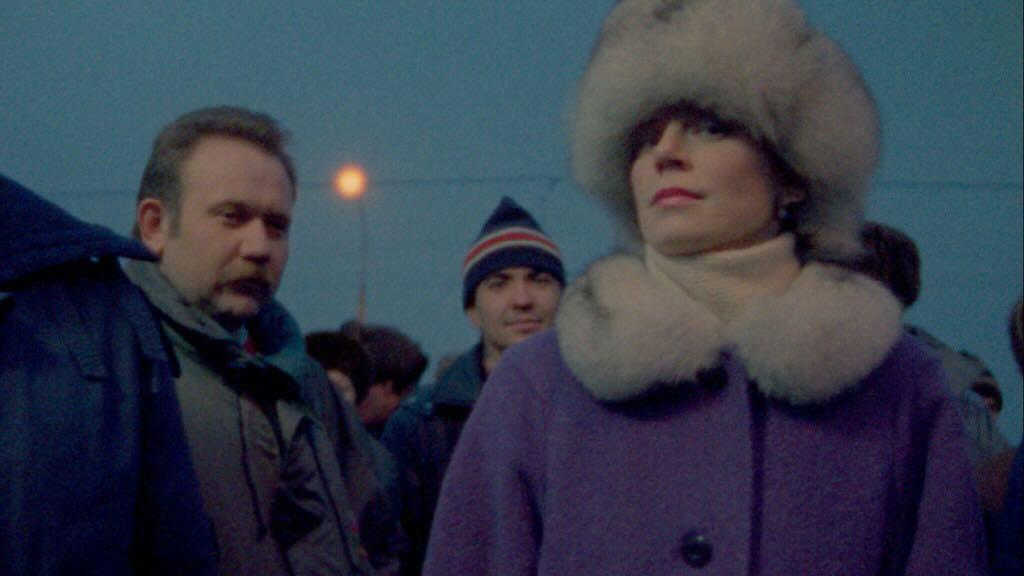
Chantal Akerman · 107m · 16mm
Slow tracking shots alternate with arresting still ones, taking us through East Germany to Moscow, from summer to winter. The subjects of the film are the former Soviet territories shortly after the fall of the Berlin wall, and in the landscapes, streets, and crowds, Akerman captures a certain atmosphere and reality of this uncertain transitional period in a way only cinema can — "while there’s still time," as she wrote in her essay on D’Est.
Sunday, May 18 7pm
As a Tree Walks to Its Forest (2025)

Jiayi Chen · · 3-projector installation
As a Tree Walks to Its Forest, a three-projector installation piece by Jiayi Chen. Date and time to be announced.
Saturday, May 24 around sunset
Pitcher of Colored Light / The Suppliant / Listening to the Space in My Room / Among The Eucalyptuses / “Der Klang, die Welt…” / The Sparrow Dream (2000-2007 / 2010 / 2013 / 2017 / 2018 / 2022)

Robert Beavers · 23m / 5m / 19m / 4m / 4.5m / 29m · 16mm
Doc Films is proud to present, for our very last screening of the quarter, six films by filmmaker Robert Beavers. Pitcher of Colored Light and The Suppliant were filmed in the United States during Beavers’s trips, while Listening to the Space in My Room and “Der Klang, die Welt…” were made while Beavers lived and worked in Zumikon. Among the Eucalyptuses and The Sparrow Dream are some of his more recent works.
